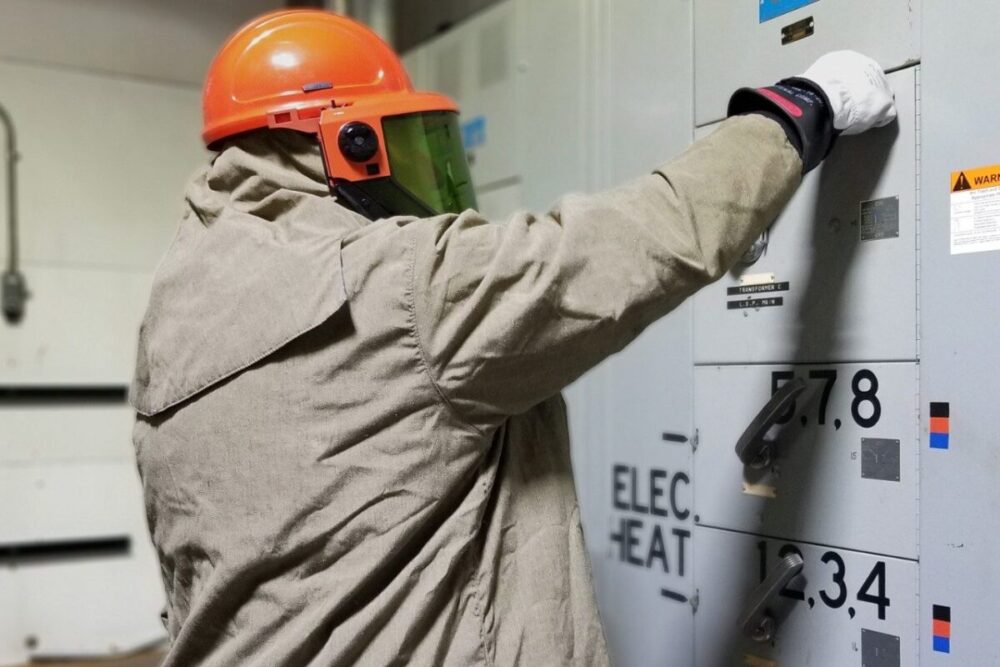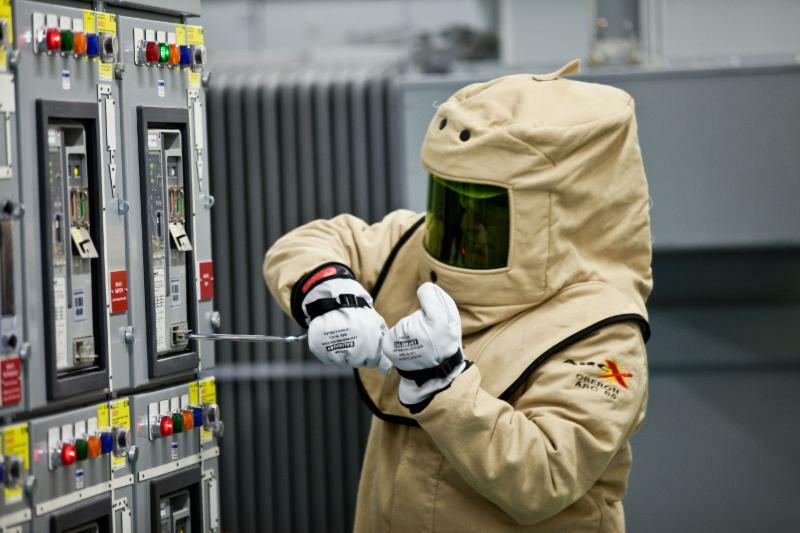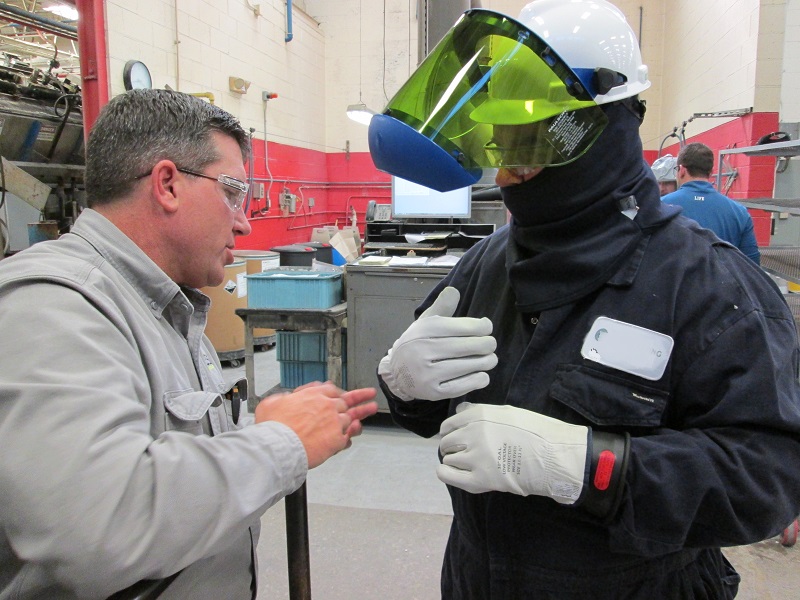Arc flash presents an innate risk despite safety investments on worksites with electrical infrastructure. When high-energy faults and explosions suddenly occur, outcomes grow dire without personnel protection. This is why arc flash education programs emphasize personal protective equipment mastery as a fundamental pillar.
Comprehensive arc flash training ensures teams grasp preventative equipment maintenance while cementing emergency protocols for when controls eventually fail. Workers must be trained to immediately don the appropriate PPE configurations matching anticipated arc-related dangers based on proximity. When systems fault, advanced preparation defines whether arc flash training and priority on protection gear saves lives.

1. Understanding Arc Flash Hazards
Arc flashes originate from unplanned electrical discharges forming plasma explosions during system faults or crossed circuits. The intense heat and shrapnel produced can ignite surroundings and cause thermal burns combined with concussive trauma. Understanding catalysts promotes prevention.
2. The Importance of PPE in Arc Flash Safety
Personal Protective Equipment is crucial in safeguarding workers from the risks associated with arc flash. PPE can significantly reduce the severity of injuries in an arc flash incident. The right PPE can differ between a minor injury and a life-threatening situation.
3. Types of PPE for Arc Flash Protection
PPE for arc flash protection includes flame-resistant clothing, insulated gloves, face shields, balaclavas, and arc-rated full-body suits. Each piece of equipment serves a specific purpose in protecting against an arc flash’s thermal and physical hazards.
- Flame-Resistant Clothing: Protects the skin from the thermal effects of an arc flash.
- Insulated Gloves: Prevent electric shock and burns.
- Face Shields and Balaclavas: Protect the face and head from heat and flying debris.
- Arc-Rated Full Body Suits: Offer full-body protection in high-risk situations.

4. Selecting the Right PPE
Selecting the right PPE depends on the specific job and the level of arc flash risk. The National Fire Protection Association (NFPA) 70E standard provides guidelines on the appropriate PPE for various levels of arc flash hazards. It’s important to assess the risk and choose PPE that meets the required safety standards.
5. Training in the Proper Use of PPE
Effective arc flash education dedicates immense focus to translating equipment guidelines into second-nature safety habits through persistent drilling. This bonds teams to prescribed PPE while cultivating situational awareness for recognizing deficiencies.
6. Creating a Culture of Safety
Beyond just providing PPE, it’s crucial to create a workplace safety culture. This involves regular training, clear safety protocols, and a commitment from all levels of the organization to prioritize safety.

Conclusion
In workplaces where arc flash persists as an intrinsic menace, relying upon prevention protocols alone courts catastrophe given reliability realities. This is why smart electrical safety training dedicates immense focus toward personnel protection schemes—not just proper equipment usage but instilling a cultural reflex prioritizing PPE across teams.
Effective arc flash training ensures workers know their prescribed protective gear configurations based on duties and risk exposures. But it also cultivates an intuition linking safety shortcuts to potential calamity. Reinforcing why meticulous PPE condition checks and protocols warrant no exceptions, excessive practice evolves preferences into habits. Consistent habits ensure that when all failsafe lapse, dedicated training on personal protections still shields.





